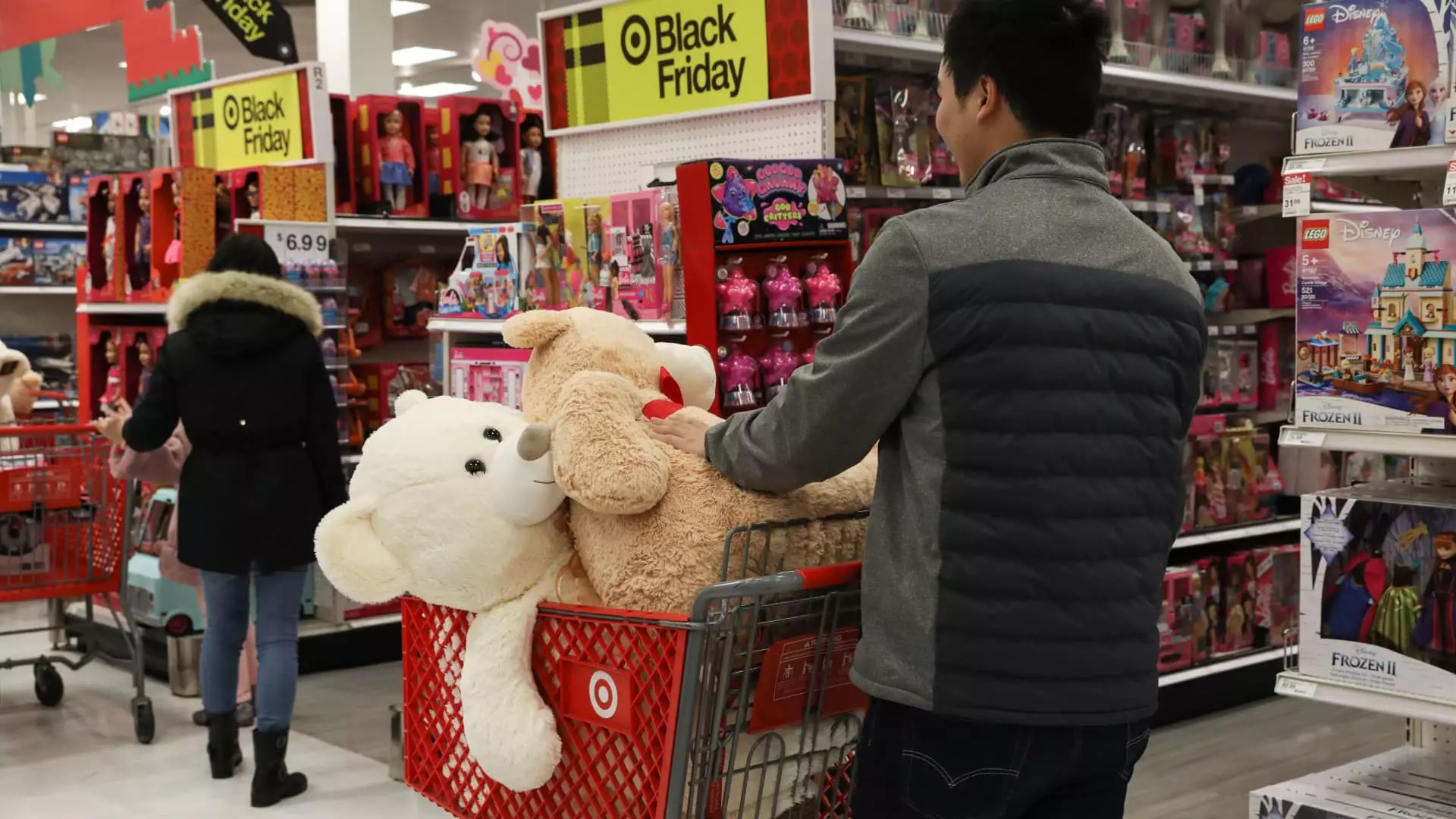As the U.S. continues to navigate the turbulent waters of international trade, the toy aisle stands to face a significant upheaval in pricing. Recent policy changes under President Biden’s administration, although framed as necessary measures, have resulted in increased tariffs that threaten to cause a ripple effect across the toy industry. The implications of these tariffs extend far beyond industry profit margins, reaching directly into the wallets of American families. Justified or not, these tariffs not only threaten inflation in consumer goods but also increase economic disparity in a sector traditionally characterized by affordability.
In an environment where nearly 77% of toys sold in the U.S. are imported from China, America’s growing reliance on overseas manufacturing is more apparent than ever. When tariffs are imposed, it is typically the consumer who pays the price, hence it is crucial for the Biden administration to assess the long-term consequences of such short-term measures. The stakes only escalated when tariffs were increased to 54% for Chinese goods and 46% for Vietnamese imports. Toy companies, having anticipated a much lower impact, are now left scrambling for solutions amid chaotic and rapidly changing market conditions.
Challenges of Diversification
The escalating trade tensions and increased tariffs are ushering in an era of uncertainty for the U.S. toy industry, which has, over the years, attempted to diversify its manufacturing locations. While it is commendable that companies like Hasbro and Mattel sought to move production to nations like Vietnam and India, the swift changes in tariff structures make these efforts seem futile.
The recent hikes imposed on these alternative markets only exacerbate the complexity of this issue. It’s a catch-22 for companies: they are trapped in a financial vise where increasing costs limit their capacity to absorb the tariffs without passing them onto consumers. With industry margins already thin—typically in the single digits—there’s little room for maneuver. Consequently, families can expect substantial price increases on toys, especially as we approach the back-to-school shopping season.
The anticipated consequences of these tariffs aren’t just about higher prices, though. They spark fear regarding the long-term viability of businesses in the toy sector. Companies already feeling the market pressure, as reflected by plummeting stock prices of leading toy manufacturers, may see drastic cuts in their operations or workforce if they cannot adapt effectively to this environment.
Disparity Amplified
The ramifications of tariff hikes are particularly alarming for lower and middle-income families. Toys, which have always served as a source of joy and education for children, could soon transform into luxuries. This shift is not merely an economic inconvenience; it raises fundamental questions about social equity and access to basic childhood experiences. The sad irony is that those least able to afford the higher costs are often the hardest hit.
Parents already stretched thin by current economic conditions may be forced to make tough choices, prioritizing basic needs over toys—a situation that no child should have to endure. The Toy Association’s warnings about the negative repercussions on consumer welfare highlight an urgent need for alternative solutions. Increasing tariffs may seem beneficial for preserving American jobs, yet they profoundly compromise the principles of free-market enterprise that have guided our economy for decades.
Looking Forward: An Economy at a Crossroads
As the Biden administration navigates the complexities of trade policy, it must balance the needs of American businesses and consumers. Moving towards an inclusive economic framework that prioritizes long-term stability over fleeting political victories is essential.
The U.S. toy industry requires coherent and considerate approaches, including re-evaluating tariffs to maintain competitive pricing. Investing in domestic manufacturing could also be a progressive path forward. However, this would necessitate support for innovation and incentives for companies to transition their operations back stateside, without adding undue burdens on consumers.
As we stand on the precipice of potential price explosions and socioeconomic consequences in the toy industry, it is crucial that policymakers take a careful, inclusive approach. The aim should not only be to safeguard American jobs but also to ensure equitable access to toys that foster childhood development and joy. Without a recalibration of our approach to trade and tariffs, the innocent joys of play could become significantly less attainable for countless families across the nation.

